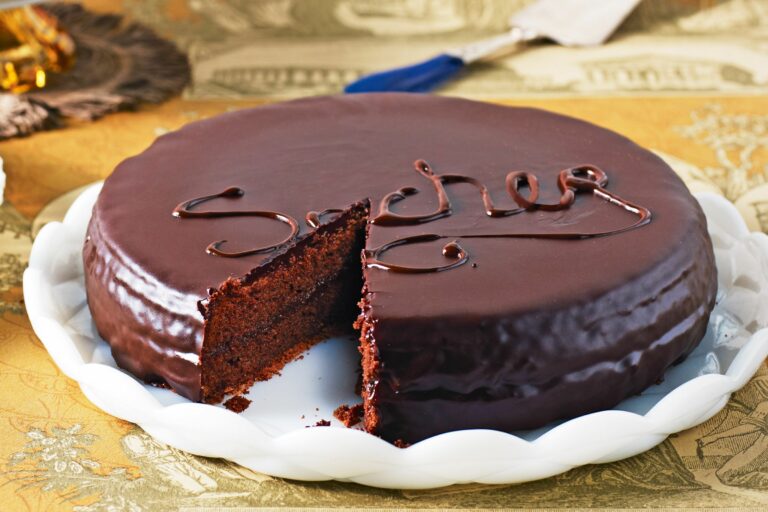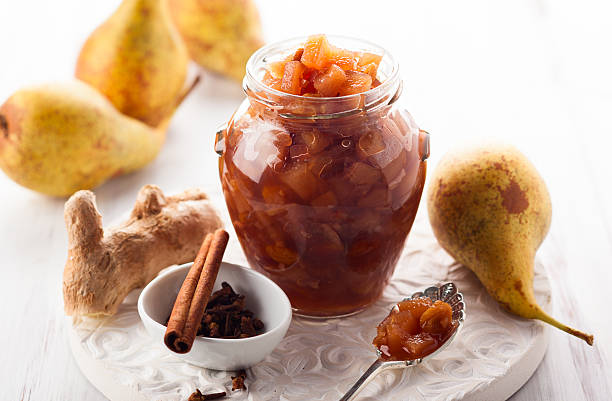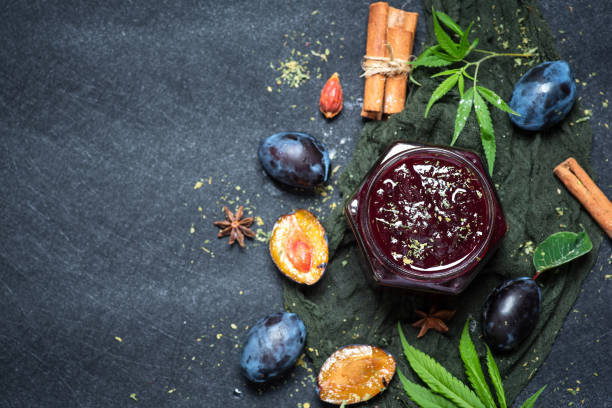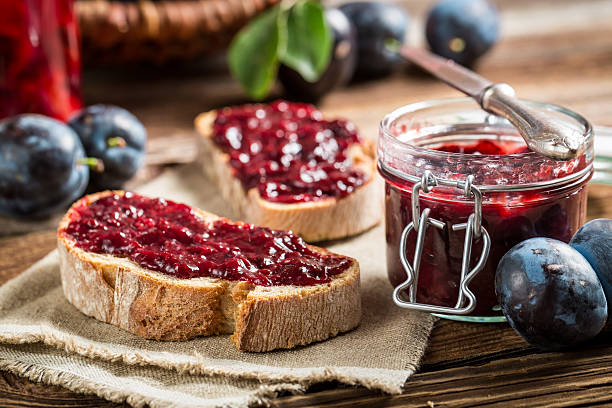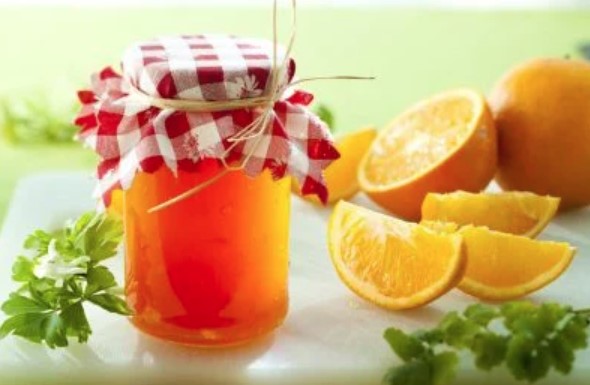In this article, you will find the instructions for making and preserving jams yourself. You will find a basic recipe for a simple jam recipe from grandma’s time. We’ll also tell you what you need to pay particular attention to when making jam so that everything works out. Have fun making the jam.
It exerts a great attraction on many people to make their own jam. You can’t usually save money – unless you use the fruit you have picked yourself from your own garden as a starting point – but preparing the popular spread yourself is definitely fun.
5 good reasons to cook for yourself
Making and preserving jam yourself is fun. In addition, homemade jam is healthy because the ingredients are known and freshly processed. It also allows you to create new flavors that may not be commercially available. In terms of taste, the homemade jam often offers a pleasant change from the dozens of products from the supermarket. And last but not least: a jar of homemade jam is a nice gift for family and friends.

Must-haves for making jam
Ordinary kitchen utensils found in any good kitchen are enough to make simple jams. A stove, a kitchen scale, a measuring cup, and a whisk, and you are well equipped for jam making. You will also need jars to fill the jam into. This is the list of essentials. You need:
- A large saucepan and a wooden spoon
- A clean jam jar
- 125 g preserving sugar (2:1)
- 250 g fruit and/or berries
- label sticker
With regard to the ingredients, the gelling sugar is important in addition to the fruit. Although you can also make jam with normal sugar, this requires a little experience and is not promising with all types of fruit. In the worst case, the jam then remains liquid or becomes rock hard when it cools down. The beginner should therefore resort to gelling sugar. In addition to the sugar, this also contains pectin as a gelling agent. With it, you can usually get useful results right away. Preserving sugar is available in most supermarkets. It is important to pay attention to concentration. However, with a little experience, it is also possible to cook jam without sugar.
The basic recipe for making jam
Classic jam sugar is mixed 1 to 1 with fruit. That means 100g of fruit and 100g of preserving sugar make a jar of jam. This variant naturally leads to very sweet jams, especially if the fruit itself already contains a lot of fructose. For those who prefer less sugar, there are also jam sugars for mixing ratios of 1:2 or 1:3 in well-stocked shops. With the latter, however, it may be that the jam only sets poorly. Beginners should therefore use the 1:1 or 1:2 variants, depending on their taste.
Finally, you need fruit. Frozen or fresh strawberries are recommended for beginners. They are readily available and easy to work with. In addition, this jam gels excellently, you can hardly go wrong. But also blackberries, gooseberries, apples, apricots, rhubarb, and many other fruits and berries are suitable for making jam, marmalade, and jelly.
Book tip for jam fans
This strawberry jam is delicious. If you would also like to try three healthy jam recipes to cook yourself, you will find what you are looking for with us. and for jam fans, there are jam recipes from grandma’s time as a recipe booklet. Well then, have fun with your own jam creation!
This is how to jam production succeeds
In the beginning, you should clean the jam jar with washing-up liquid, rinse it, and finally fill it with boiling water to disinfect it. This is very important for the later shelf life of the jam. The lid should also be cleaned with hot water or, even better, boiled. Then drain everything into the sink.
First, you should remove the greens from the strawberries and wash them. Then cut in half. Then they are weighed. For our example, we choose 250 g of strawberries. This is enough for a small jar of jam.
The strawberries are then placed in a saucepan and slowly heated. They are lightly crushed with a wooden spoon or whisk. Now the jam sugar can be added. 250 g for the 1:1 variant or 125 g for the 1:2 variant. The sugar must now be mixed well. Once it has dissolved, the temperature can be increased and the mass brought to a boil. Stir occasionally during cooking.
Instructions for making a gel test

After the jam has boiled for three to five minutes and is slowly thickening, you should do a gelling test. To do this, put a teaspoon of the boiling jam on a plate and leave it to cool. If the consistency is jelly-like, the jam is ready and can be filled. Close the jars tightly and turn them upside down. It will take a while for the jam to cool down and set completely. Then you can attach beautiful label stickers and write on the glasses. It’s that easy to make and preserve your own jam.
Useful for making jams yourself
With beautiful jars, making jam is twice as much fun! And pretty labels also look great. These things are especially useful if the finished jam is to become a gift. A jam funnel is ideal for filling the jam into the jars. Thus, the jam is filled much better in the jars. There are beautiful stainless steel funnels that are rustproof and dishwasher safe.

